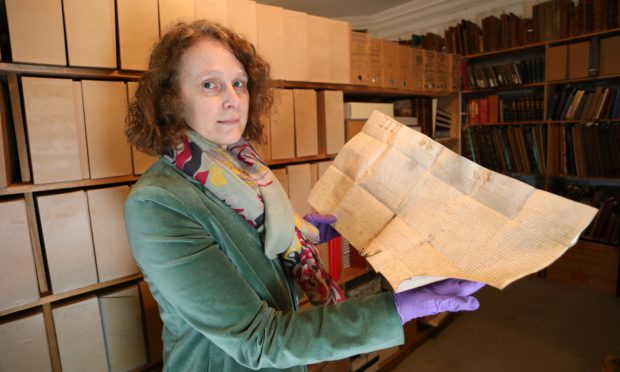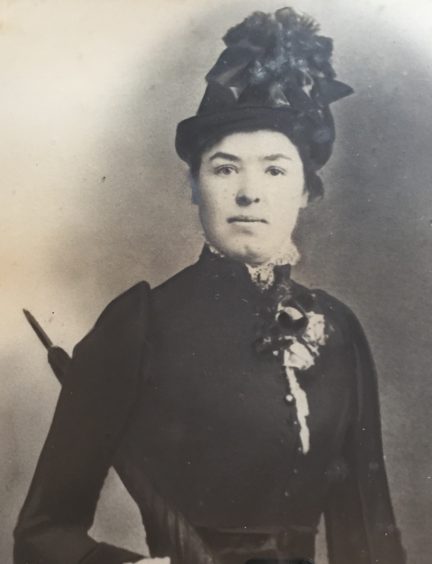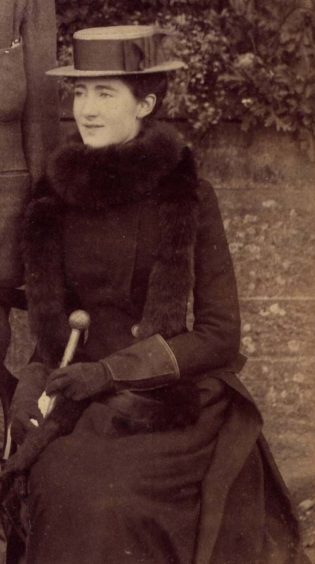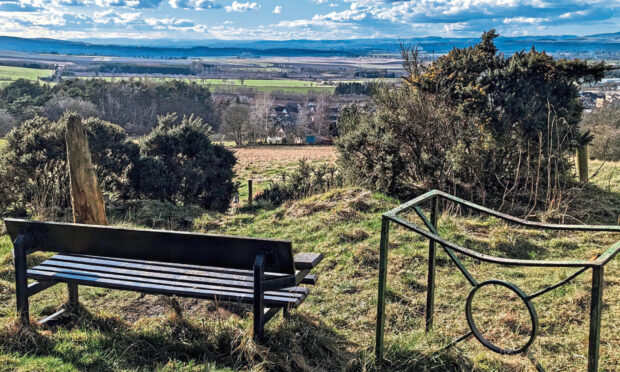From queens to scientists, composers to servants, Glamis Castle has had no shortage of inspirational women through its doors.
Described as Scotland’s “most beautiful castle”, Glamis attracts thousands of visitors from around the world each year and is well known as the family home of The Queen Mother and the birthplace of her younger daughter, Princess Margaret, in 1930.
Its walls have witnessed the comings and goings of a vast cross-section of society, from royalty to the working class, over the centuries.
Their fascinating stories include tales of ship-wrecks, accusations of treason and a crusade for women’s rights.
They have been brought together for the first time in the “Women of Glamis” exhibition after a year of research by castle archivist Ingrid Thomson.
Ingrid said the idea for the exhibition resulted from various archive enquiries which revealed new information on lesser known women of Glamis.
One such is author/ poet Lilian Bowes Lyon, a cousin of The Queen Mother who was known as the ‘Queen of the Slums’ and who recruited friends to sponsor the flight of Jewish children form the continent to Britain in the Second World War.
Despite her high birth, she worked in the bombstruck east end of London, having previously worked at Glamis in the First World War, alongside the future Queen Elizabeth, with convalescing soldiers.
She died in 1949, aged just 54, but hailed a hero for saving fleeing Jewish youngsters.
Less lauded was the the ill-fated Janet Douglas, Lady Glamis, who was executed in 1537 following false accusations of treason against King James V.
She fell victim to the feuding between the Douglases and Stewarts after vengeful King James had been imprisoned by her brother, Archibald Douglas, 6th Earl of Angus.
She was accused of witchcraft, conspiring against the king and attempting to poison him, and was burned at the stake.
Her ghost, the grey lady, is said to still haunt the castle.
Another former denizen was the heroine nursemaid, Annie Jackson, who saved the life of the 13th Earl’s grandson, Hubert during a shipwreck off the Bay of Biscay in 1885.
Mary, Queen of Scots, who visited Glamis in 1562; the wealthy and highly educated 18th century heiress, Mary Eleanor Bowes, who paved the way for the rights of women in her landmark divorce case and Princess Johanna, great-granddaughter of King Robert the Bruce, who married Sir John Lyon in 1376, are all feted for their connections with the landmark.
Ingrid, castle archivist since 2010, explained The Queen herself has given permission for the recently-discovered letters she wrote as ‘Lilibet’ to her mother’s parents, the 14th Earl and Countess of Strathmore, to be included in the exhibition, going on display for the first time.
She said: “I’ve been working on the exhibition for about a year now and it has developed into a real labour of love.
“As an archivist, my role involves researching enquiries, so when some of these inspiring women came to my attention for the first time, I felt their stories deserved to be shared with the public.
“Because the scope of the exhibition is so wide, the intention is to run the exhibition again next year, introducing new exhibits.
“There are so many inspiring women of Glamis, we can’t possibly cover everything in one year.”
The exhibition will open daily from Saturday March 30 until November 30 and will be included in regular admission ticket prices.












